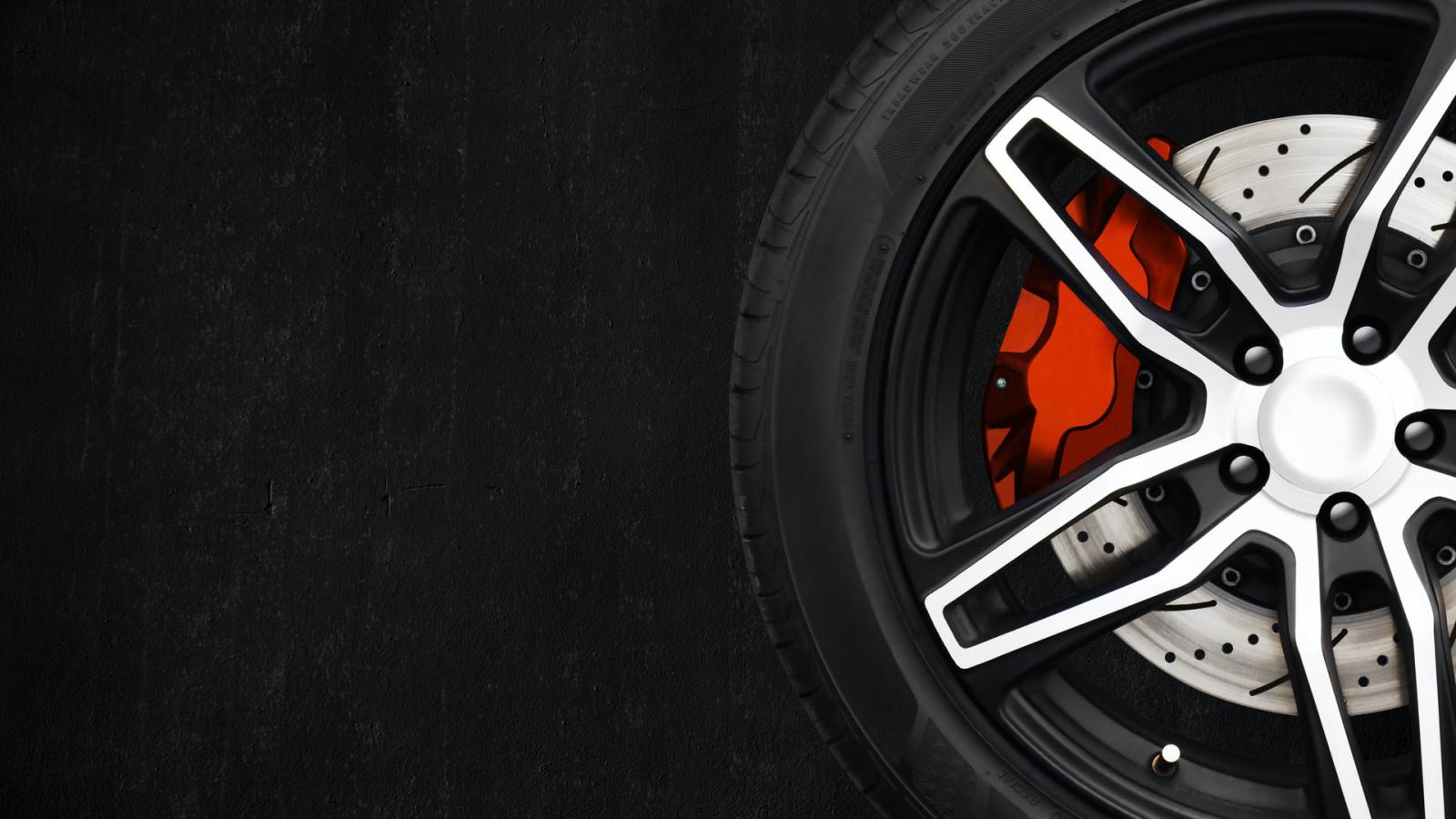A 'Monster' of a decision for famous brands' IP enforcement



Famous energy drink brand Monster Energy was a victim of its own success when a wheel manufacturer won an appeal to be allowed to use the word 'monster' in trade marks for a range of products.
The Federal Court of Australia recently decided that because Monster Energy and its stylised M device were so well known in the market, it was unlikely that consumers would be confused into thinking it was connected to other products that had the word 'monster' in them.
As a result, Monster Energy Co’s (ME) bid to prevent Rodney Jane Racing Pty Ltd (RJR) from registering several trade marks containing the word ‘monster’, while successful in the Australian Trade Marks Office (ATMO), was overturned by the Federal Court.
RJR submitted that their trade marks, which RJR uses for a line of alloy wheels, were not likely to deceive or cause confusion. RJR argued that ME’s reputation is specific to the use of their Monster Energy word mark alongside their stylised ‘M’ device. As ME had utilised the ‘M’ device, they submitted that the RJR trade marks were not capable of confusing the marketplace.
In contrast, ME argued that because its reputation was so strong, any use of the word ‘Monster’ by a third party in relation to any product or service would cause the consumer to wonder whether this third party’s product or service was associated with, endorsed by, or a product or service of, ME.
Ultimately Justice O’Bryan decided the matter hinged on whether ME had ‘a reputation in the word “Monster” that is distinct from its reputation in its device marks.’1
It was held that ME’s word marks have a limited reputation when used on their own (i.e. without the ‘M’ device) and the association with ME only occurs when the word marks are used with the ‘M’ device.
Accordingly, while ME established a requisite reputation in Monster Energy, it couldn’t demonstrate the same for ‘Monster’. It was also noted that the use of ‘Monster’ spans a plethora of contexts, which further bolstered RJR’s argument that ME is not entitled to a monopoly in that word.
The fact that RJR’s trade marks are not visually similar to ME’s, reinforced the argument that the marks are unlikely to cause confusion in the marketplace. It followed that ME’s reputation does not extend to the sale of alloy wheels and the RJR trade marks were allowed to proceed to registration.
Interestingly, in providing this decision, Justice O’Bryan invoked Justice Perram’s reasoning from Mars Australia Pty Ltd v Sweet Rewards Pty Ltd [2009] FCAFC 174, in highlighting RJR’s submission that:
This case highlights that as a trade mark becomes more widely recognised, the ability to successfully oppose similar marks diminishes.
This is due to the consumer knowing how a trade mark is used and therefore being more aware of the famous trade mark e.g. a consumer coming across a MARO chocolate bar is unlikely to be mistaken into thinking it is a MARS bar, even though there is only one letter difference, because consumers know that a MARS bar will only ever have MARS written on the wrapper, not MARO. If there is no confusion in the mind of the consumer (and it’s unlikely there ever would be confusion), it doesn’t matter how alike the trade marks are, as they won’t be considered similar at law.
So what can famous brands do to increase their monopoly and protect their brand?
The Trade Marks Act 1995 (Cth) provides an opportunity to curtail this by applying for a defensive trade mark. A defensive trade mark complements a standard trade mark by specifying goods and services to expand your protection without the need to use the mark on those goods and services.
For example, MARS could seek protection for petrol, cars, sporting goods, etc. as a defensive trade mark given the fame of its brand and that it never intends to use the trade mark in relation to these goods. This prevents third parties from using MARS or a similar trade mark in relation to those goods or services.
An essential requirement for registering a defensive trade mark is that the existing 'trade mark must have been used to such an extent, in relation to all or any of the goods or services in respect of which it is registered, that its use on the goods or services sought by the defensive registration would be likely to be taken by consumers as indicating a connection between those goods or services and the owner of the registered trade mark’.3
Unlike standard trade marks, a defensive trade mark can’t be challenged on the basis of non-use. This is a distinct advantage of using defensive trade marks as a part of your IP protection strategy as compared with standard trade marks (which may be susceptible to removal from the Australian Trade Marks Register if they aren’t used for a continuous three year period).
If ME had registered a defensive trade mark specifying goods and services that have some connection with their brand, they might not have become a victim of their success in this instance.
Macpherson Kelley first published a version of this article, and to the extent that elements of this article are the same as or similar to another version, they are published here with permission.
This content is for reference purposes only and is intended to be current as at the date of publication. It does not constitute legal advice and should not be relied upon as such. You should always obtain legal advice based on your specific circumstances before taking any action relating to matters covered by this content.